Hop O’ My Thumb is so similar to Hansel and Gretel you might wonder how both co-existed. Both stories have:
- A time of famine
- In which the parents decide to leave their children in the woods
- A trail of pebbles
- A second abandonment, further into the woods
- A welcoming cottage in the woods
- A cannibalistic inhabitant who wants to fatten the children up and eat them
- Trickery and cunning on the part of one child as a means of escape
- A home-away-home structure, in which the children end up (richer, in some versions) back home after an adventure
- No mention of the trauma of abandonment that must surely have resulted after being abandoned — twice — by your very own parents.
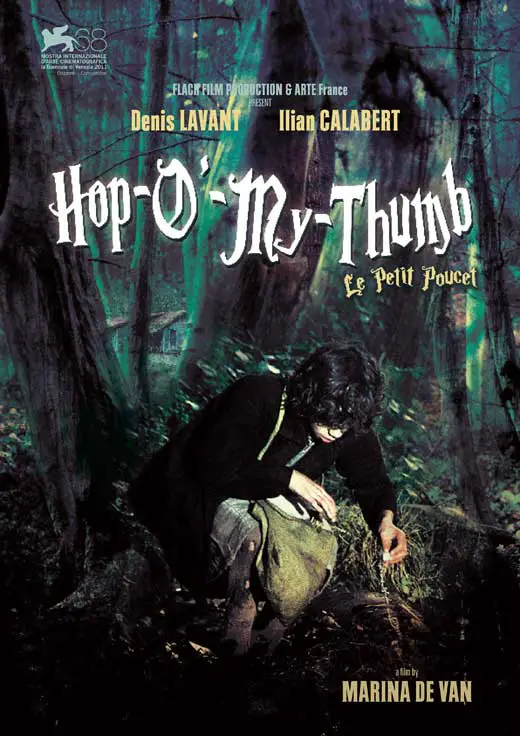
The truth is, Hansel and Gretel is the version that survived the best in the English speaking world. How many people know the story of Hansel and Gretel but have never heard of Hop O’ My Thumb? That certainly described me until I recently made an effort to read some of the lesser known fairytales.
Hansel and Gretel by Anthony Browne
Hansel and Gretel by Neil Gaiman and Lorenzo Manzatotti
This tale is much kinder to mothers than to fathers, and far kinder to mothers than the Grimm brothers were. Here, the mothers stand up for their children while the fathers want to get rid of them. In Hansel and Gretel it is the other way around. There has been much psychoanalysis of that.
There are also elements of Tom Thumb in this tale (obviously, from the title!), though no mention in the actual story about Hop O’ My Thumb’s diminutive size. Nonetheless, almost all illustrators depict not only the titular character but also the brothers as very tiny.

I’m also reminded of Jack and the Beanstalk when the ogre arrives home to his cottage in the wood and sniffs out the children to eat.
His seven daughters are somewhat vampiric, with their pointy teeth. They have already started sucking on the blood of babies, we are told.
What can I say? This story has it all.
STORY STRUCTURE OF HOP O’ MY THUMB
SHORTCOMING
Hop O’ My Thumb is mute and a weakling, and his muteness is mistaken for stupidity. In my reading, this is one of the earliest fictional autistic characters. Non/late-verbal autists are often thought to be low IQ, but excel in certain things. I suspect Hop O’ My Thumb had a special interest in rocks or maps. His smarts not only saved his own life but the lives of his brothers.
DESIRE
Hop O’ My Thumb only wants to stay alive. This is a melodramatic tale.
OPPONENT
The odds are against him though, because in this time of famine his parents have decided to drop all of their sons off in the middle of the woods.
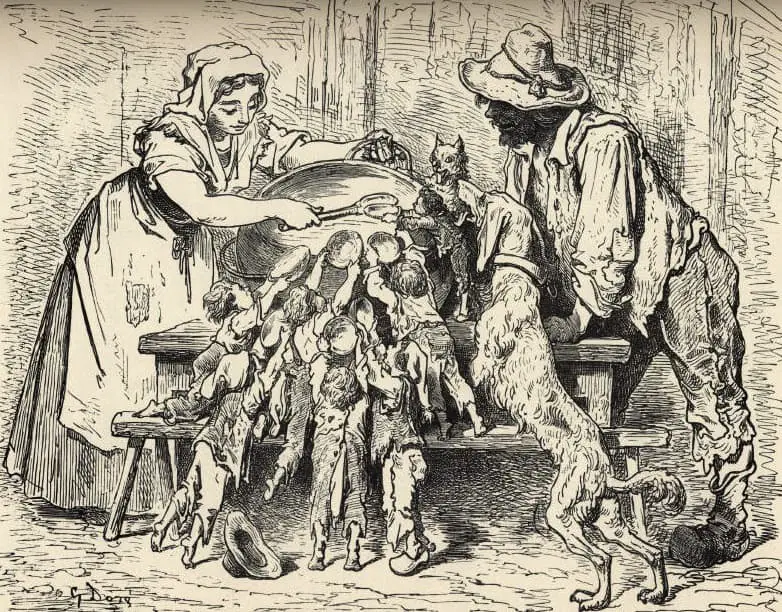

PLAN
Hop O’ My Thumb drops white pebbles along the path so the brothers and he can find their way back home. But his plan doesn’t work the second time after the parents deliver them further into the heart of the woods. So the plan is modified; they will knock on the door of the little cottage they come across, and ask for food and shelter.
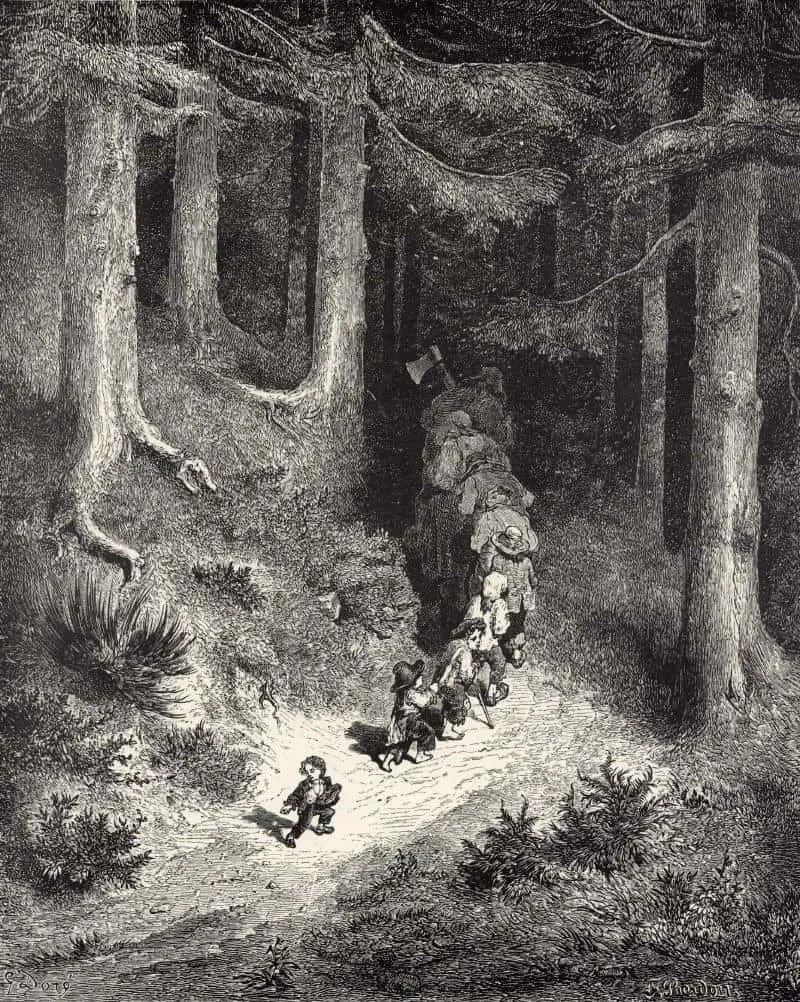
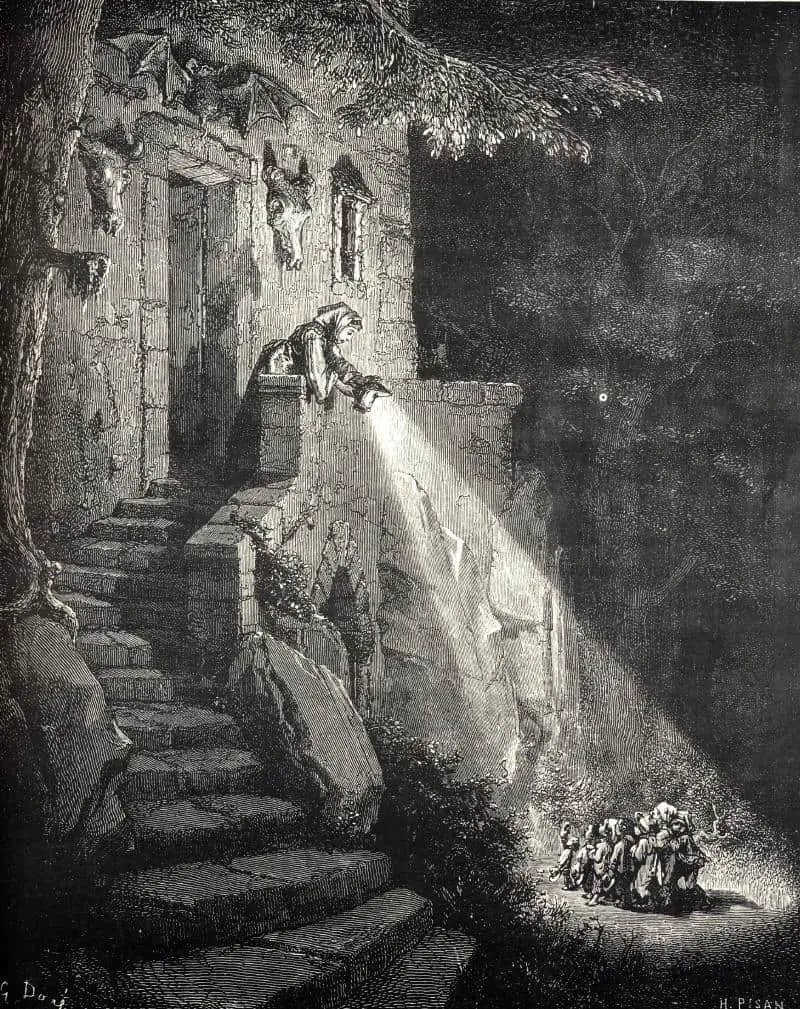
BIG STRUGGLE
The big struggle is not with the parents. I’ve noticed this happens a lot in stories from all eras: While Hop O’ My Thumb’s main (first?) opponents are his parents, he soon encounters a more obvious ‘baddie’ in the archetypal ogre who is almost like a metaphor for the badness of the parents. Though the parents are not ogres who cannibalise children, in a way they are. They’ve done the most terrible thing to their own children, leaving them to be eaten by wolves or die of exposure and hunger. So the big struggle happens instead at this metaphorical house in the woods, in which Hop O’ My Thumb tricks the hungover ogre into killing his own seven daughters rather than these seven abandoned sons.

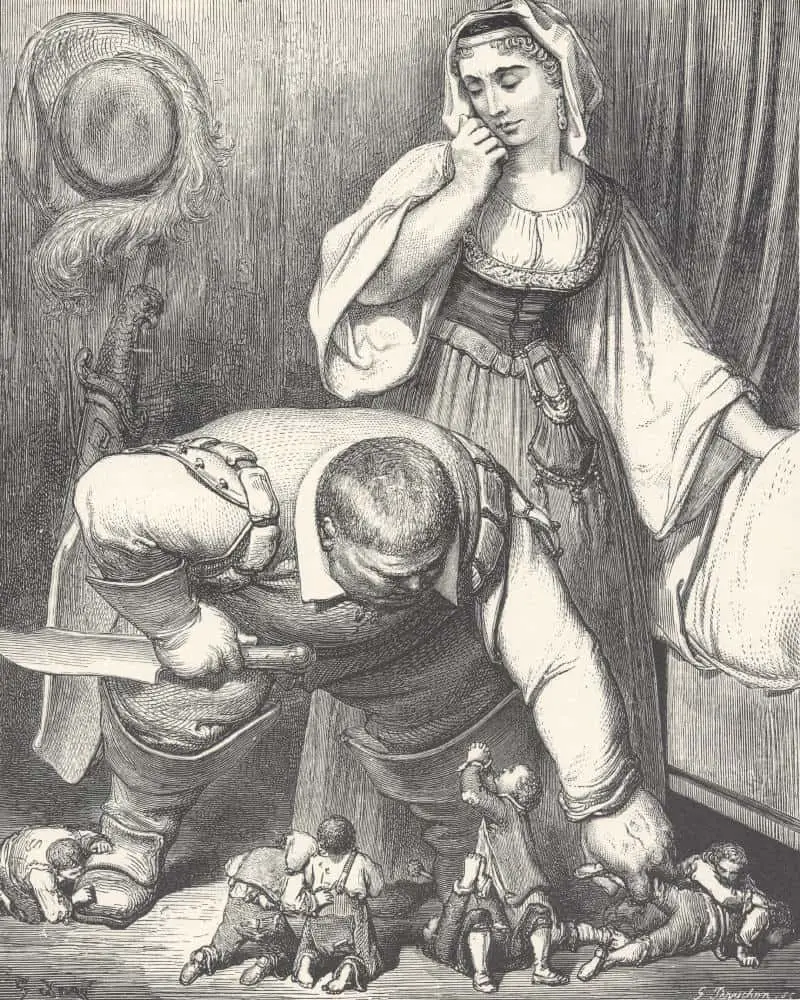
ANAGNORISIS
The revelation is that despite being mostly mute and small and young, Hop O’ My Thumb is very useful as a trickster entrepreneur.
NEW SITUATION
As an adult he earns enough money to look after himself and all of his family.
